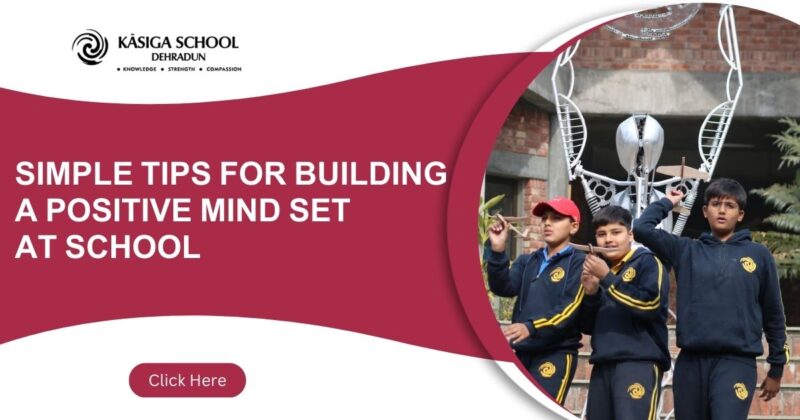Maintaining the right attitude in school is very important in how students approach their learning and interactions. That’s because it helps them work through and overcome the challenges at school, motivated and making the most of what they can do for their educational journey.
With that being said, here are some very simple and straightforward tips to stay positive in the classroom and on a path to growth and success.
Promote Gratitude
One of the simplest and most effective strategies for creating positivity is to practice gratitude. Encourage kids to think about what they appreciate, such as good teachers, friends, or the fun experiences they have while learning, which should focus their attention on what frustrates them to what can help.
Gratitude helps students to have a broader view, with emotional well-being and resilience. So encourage students to create a gratitude journal or have them write down thanks for their little achievements.
Acceptance of the Environment
One of the critical features of a positive mindset is that one learns to accept things around them and as they are. Most of the time, there are challenges or situations in class that are not in their control; the process of teaching acceptance helps them manage and cope with their response to such situations.
Acceptance of the situation enables student minds to focus on solutions rather than problems. When they cease fighting against what they cannot change, they become harder and more flexible to eventuality and imbibe qualities that are important to a positive school experience.
Cultivating a Growth Mindset
A growth mindset comprises the understanding that one’s potential and mental faculties can be improved on through hard work and mastery. Learners begin to look at problems differently; they no longer see them as obstacles but rather view them as chances to better themselves.
For example, a student who hates a particular subject experiences frustration at first. But when he adopts the growth mindset, he concludes that effort and persistence lead to improvement. Teachers can also facilitate this mindset by giving praise on the process (effort or strategy) rather than the outcome (grade). This does not let students give up even till the last when they get frustrated with the setback.
A Positive Learning Space
The environment determines a lot about students’ attitudes. Therefore, a positive learning space may positively impact students’ focus, reduce their stress levels, and make them interested in the sessions. This does not only refer to physical space but also to the mental or psychological environment in class.
Creating a respectful and collaborative atmosphere where the students feel free and secure to express themselves and share is central to curriculum creation. Teachers and students should collaborate to cultivate mutual respect and ensure everyone can contribute freely. After all, classrooms that value kindness, patience, and understanding tend to inspire the mindset in return.
Set Realistic Goals
Setting realistic goals is also important to help maintain positivity in the classroom. When big academic goals are broken into smaller manageable tasks, it usually gives a feeling of making progress and motivating students further.
Successes are achieved over time. A step at a time, no matter how small it may be, can be something to celebrate. This builds momentum and keeps them on a positive trajectory, even if the total task is daunting.
Facilitate Situational Awareness
Helping students reflect on what they do to become more self-aware in relating themselves to their emotional selves turns out to be a great tip for building a positive mindset at school. A simple daily or weekly reflection of what they learned, what went well, and what can be improved contributes to a good attitude.
This is how reflection promotes growth, encourages self-improvement, and helps a student understand his or her strengths and areas of necessity in putting in more effort. With this sense of self-awareness, a positive attitude tends to grow in students.
Conclusion
Building a positive mindset at school is considered an important part of the general success of students. Practicing gratitude, acceptance, and a growth mindset can be useful to keep the student resolute and focused when facing the challenges at hand. Teachers contribute to these efforts by creating a favorable learning environment, encouraging systematic reflections, and reinforcing the strategies.
One hopes that these simple strategies might prove enough to build the sort of emotional foundation the student requires to thrive academically and personally.
With this thought process, we, at Kasiga School, emphasize the importance of creating a nurturing and positive environment that supports students’ growth, helping them cultivate both academic excellence and emotional well-being.

